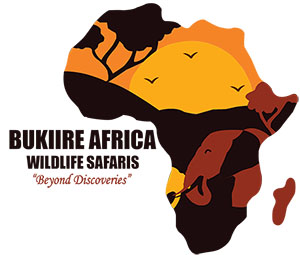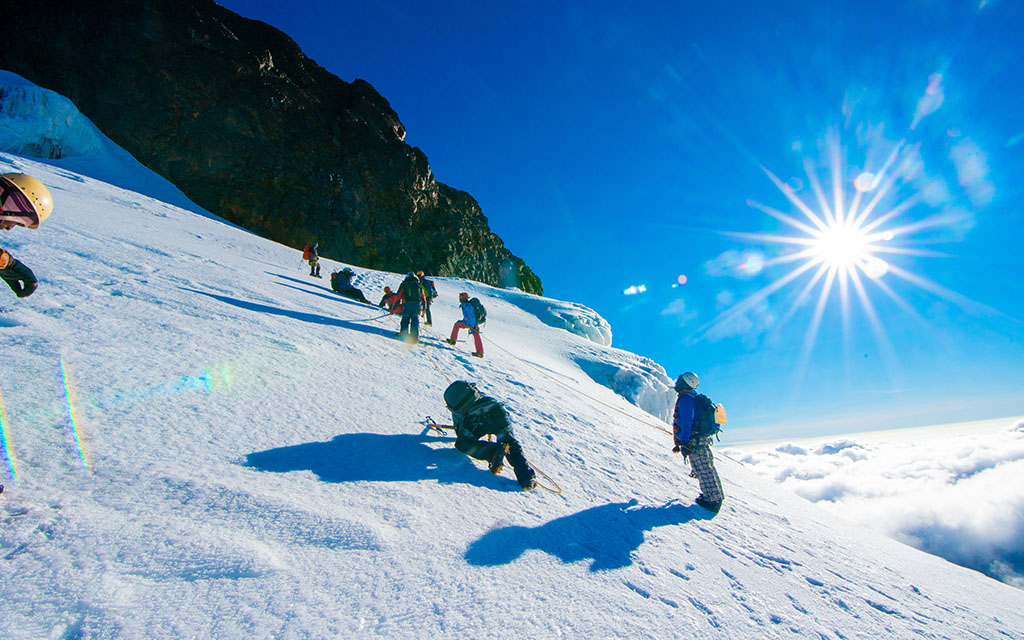The Rwenzori Mountains, also known as the "Mountains of the Moon," are a stunning mountain range
located in the border region between Uganda and the Democratic Republic of the Congo (DRC). Here's an overview of the Rwenzori Mountains:
-
Location: The Rwenzori Mountains stretch for about 120 kilometers (75 miles) along the border between Uganda and the DRC in East Africa. They are situated in the Albertine Rift, a part of the Great Rift Valley system.
-
Geology: The Rwenzori Mountains are notable for their rugged peaks, deep valleys, and glaciers. The highest peak is Mount Stanley, which reaches an elevation of 5,109 meters (16,763 feet) and is the third highest peak in Africa after Mount Kilimanjaro and Mount Kenya. The range is characterized by its sharp, jagged peaks and dramatic cliffs.
-
Climate: The Rwenzori Mountains have a unique climate due to their high elevation and proximity to the equator. The peaks are often shrouded in mist and clouds, and the range receives significant rainfall throughout the year. The high altitude also results in cooler temperatures compared to the surrounding lowlands.
-
Biodiversity: The Rwenzori Mountains are renowned for their rich biodiversity and are home to a variety of plant and animal species found nowhere else on Earth. The range is a UNESCO World Heritage Site and a designated Ramsar site due to its importance for conservation. It is particularly known for its Afro-alpine vegetation, including giant heather, lobelias, and groundsels.
-
Cultural Significance: The Rwenzori Mountains hold cultural significance for the local Bakonzo and Bamba communities, who live in the foothills of the range. These communities have traditional beliefs and practices associated with the mountains, including rituals and ceremonies to honor the spirits believed to inhabit the peaks.
-
Trekking and Mountaineering: The Rwenzori Mountains offer incredible opportunities for trekking and mountaineering. There are several established trekking routes that lead visitors through lush rainforests, alpine meadows, and glacier-carved valleys. The most popular route is the Central Circuit, which typically takes 7 to 10 days to complete. Mount Stanley can also be climbed, although it requires technical mountaineering skills and proper equipment.
-
Conservation: Efforts are underway to conserve the unique ecosystems of the Rwenzori Mountains and protect them from environmental threats such as deforestation, poaching, and climate change. Conservation organizations work in collaboration with local communities and governments to promote sustainable tourism and preserve the natural heritage of the region.
Overall, the Rwenzori Mountains are a breathtaking destination for nature lovers, adventurers, and those interested in exploring one of Africa's most spectacular mountain ranges.

